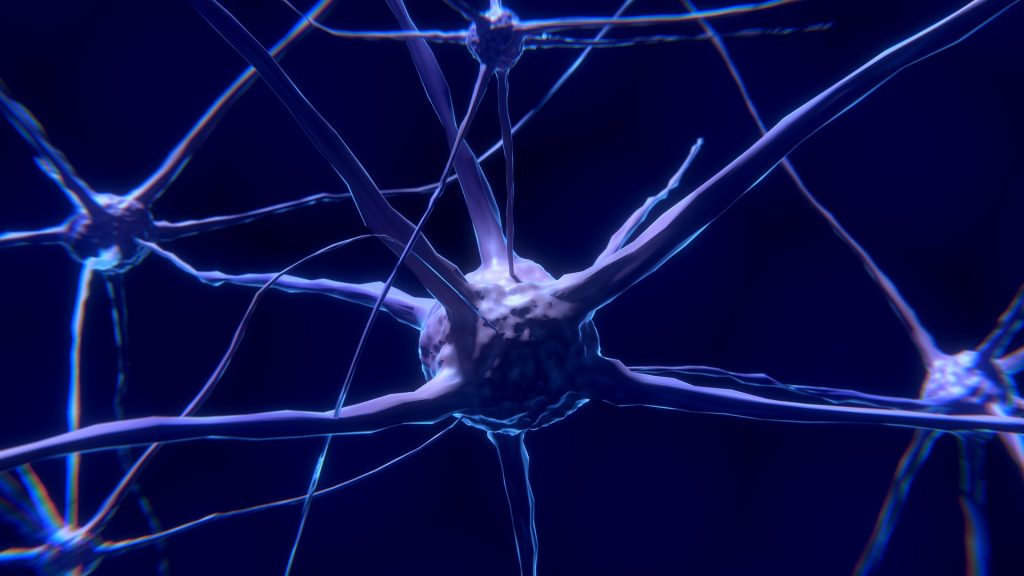
A new study shows that a molecule could play a key role in support cells in the brain, allowing them to repair and properly communicate.
Studies have shown that new brain cells continually formed in response to injury, physical exercise, and mental stimulation. Glial cells, and in particular oligodendrocyte progenitors, are highly responsive to external signals and injuries. They can detect changes in the nervous system and form new myelin, which forms a sheath around nerves, providing metabolic support and accurate transmission of electrical signals. However, less myelin is formed with age, and this progressive decline has been linked to the age-related cognitive and motor deficits observed in older people. Impaired myelin formation also has been reported in older individuals with neurodegenerative diseases such as Multiple Sclerosis or Alzheimer’s and identified as one of the causes of their progressive clinical deterioration.
A new study from the Neuroscience Initiative team at the Advanced Science Research Center at The Graduate Center, CUNY (CUNY ASRC) has identified a molecule called ten-eleven-translocation 1 (TET1) as a necessary component of myelin repair. shows that TET1 modifies the DNA in specific glial cells in adult brains so they can form new myelin in response to injury. The study was published in Nature Communications.
“We designed experiments to identify molecules that could affect brain rejuvenation,” said lead author Sarah Moyon, PhD, a research assistant professor with the CUNY ASRC Neuroscience Initiative. “We found that TET1 levels progressively decline in older mice, and with that, DNA can no longer be properly modified to guarantee the formation of functional myelin.”
The authors are currently exploring whether raising levels of TET1 in older mice could rejuvenate the oligodendroglial cells, restoring their regenerative functions.
Combining whole-genome sequencing bioinformatics, the authors showed that the DNA modifications induced by TET1 in young adult mice were essential to promote healthy communication among central nervous system cells and for ensuring proper function. The authors also showed that young adult mice with a genetic modification of TET1 in the myelin-forming glial cells could not produce functional myelin, and so behaved like older mice.
“This newly identified age-related decline in TET1 may account for the inability of older individuals to form new myelin,” said Patrizia Casaccia, founding director of the CUNY ASRC Neuroscience Initiative, a professor of Biology and Biochemistry at The Graduate Center, CUNY, and the study’s primary investigator. “I believe that studying the effect of aging in glial cells in normal conditions and in individuals with neurodegenerative diseases will ultimately help us design better therapeutic strategies to slow the progression of devastating diseases like multiple sclerosis and Alzheimer’s.”
The findings could also hold important implications for molecular rejuvenation of ageing brains in healthy individuals, the researchers noted. Future studies aimed at increasing TET1 levels in older mice are underway to define whether the molecule could restore new myelin formation and favour proper neuro-glial communication. The long-term goal of the team is to promote recovery of cognitive and motor functions in older people and in patients with neurodegenerative diseases.
Source: Advanced Science Research Center

